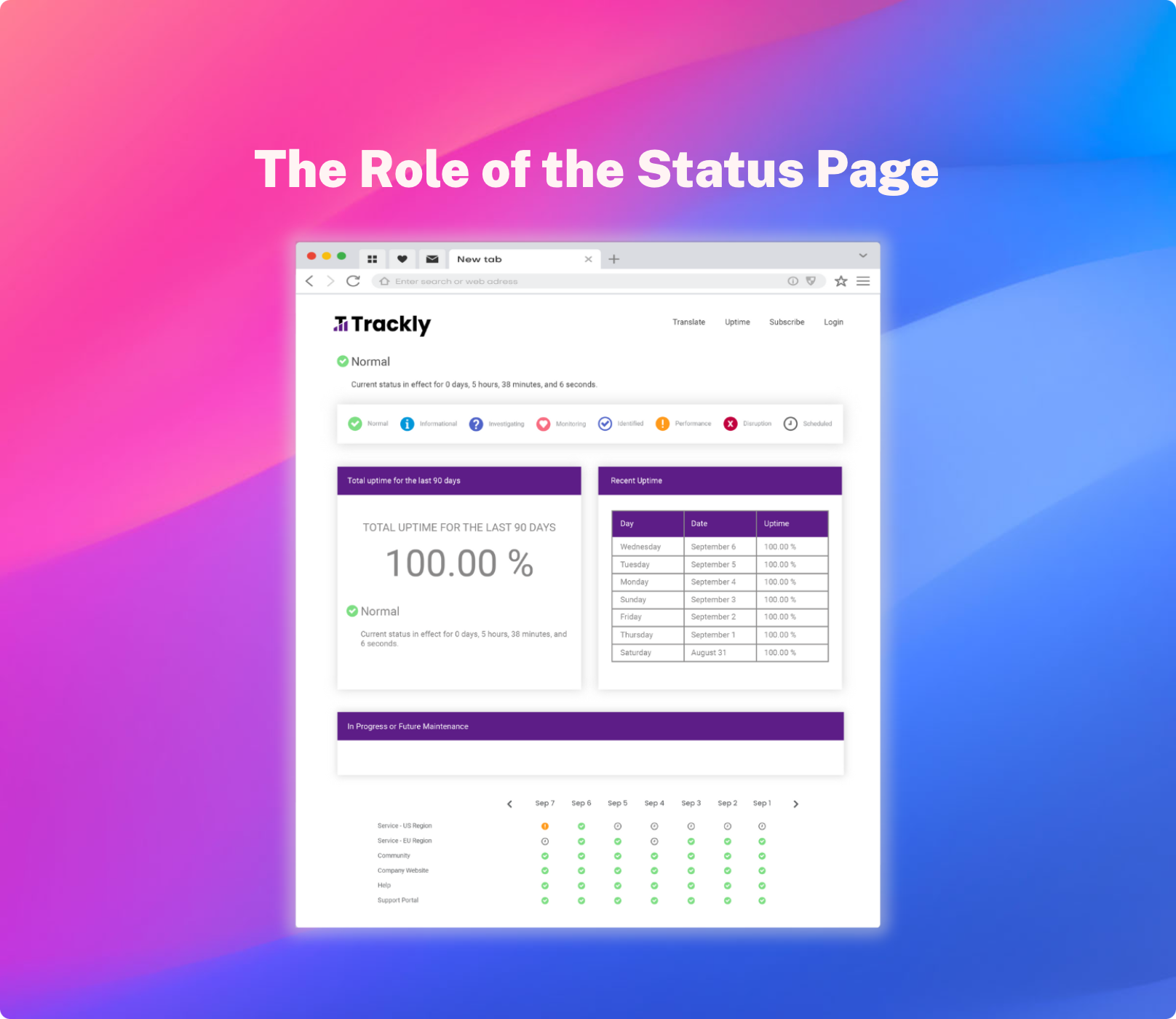Status page response time is the amount of time that passes between when an incident occurs that impacts application availability or performance and when your status page communicates that an incident has occurred to your end users. We’ll get into a more nuanced understanding of how this does work and should work further below. For now, it’s enough to say that this and its correlation to customer satisfaction is the metric you pay attention to to improve your response to downtime-related churn risks.
The number and quality of testimonials (or reviews or other forms of social proof) are also extremely valuable as SaaS customer experience marketing data. This not only tells you how happy your customers are but how ready they are to evangelize your product to their peers, friends, etc. This is the metric you pay attention to to improve your response to success. This can be valuable for non-SaaS companies as well, but SaaS companies in particular ignore it at their own peril.
Time to value (TTV) is arguably the most important SaaS metric—as its name suggests, it’s the metric you use to track how long it takes for a customer to understand the value of your product. Understanding what your TTV is will be instrumental to several aspects of SaaS sales and marketing. For instance, it’s vital to know your TTV in setting up free trials, as the duration of your trial should take into account your average TTV.
Status Page Response Time as a SaaS Metric
By optimizing the way you communicate inconvenient truths (like application downtime) to your customers, you establish trust and can mitigate much of the damage the disruption has done to your brand reputation.





